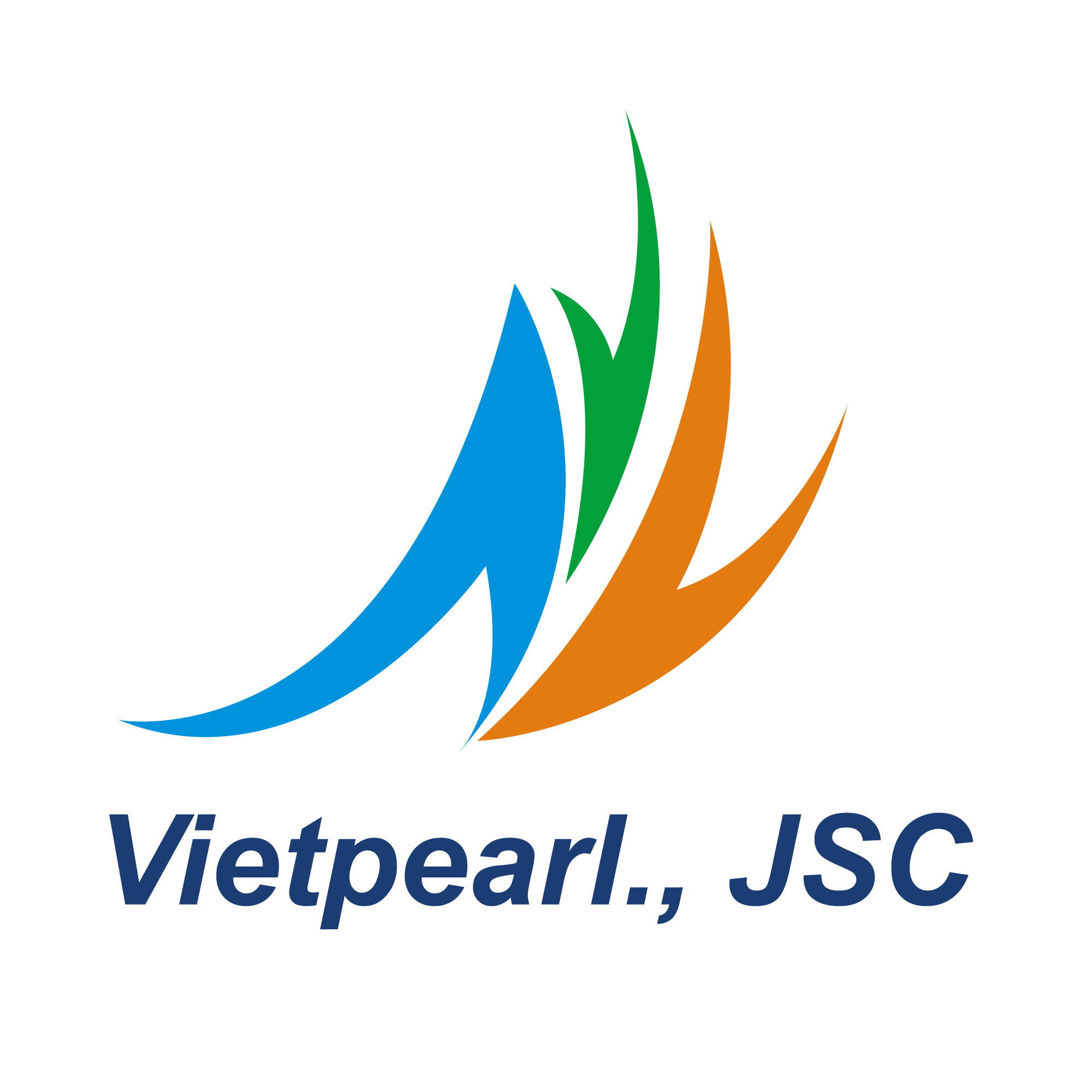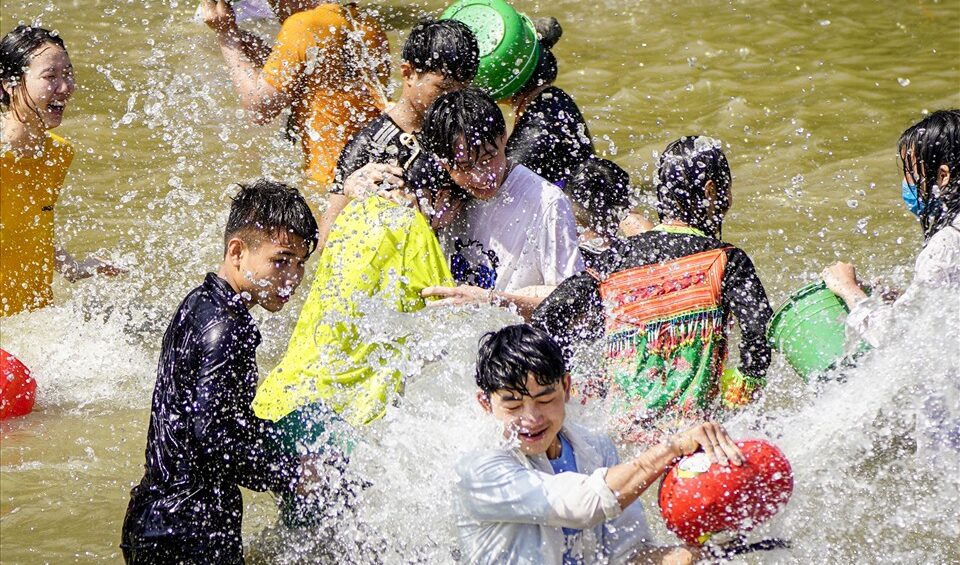The Mekong Delta — a fertile land of rivers and canals — is not only famous for its lush fruit orchards and gentle waterways but also for preserving unique cultural values. Among them, the Water Splashing Festival of the Khmer people stands out as a vibrant cultural expression, showcasing their ethnic identity and profound spiritual life. Closely tied to the traditional Chol Chnam Thmay New Year — the transitional moment between the old and new year — this festival is not only a time for celebration but also a ritual rich in religious and social significance.
Overview of the Khmer Water Splashing Festival in Southern Vietnam
The Water Splashing Festival (known as Chol Chnam Thmay in Khmer) is one of the most important annual celebrations for the Khmer community in Southern Vietnam. It usually takes place in mid-April, coinciding with the new year according to the Theravāda Buddhist calendar. During this time, the Khmer express gratitude to their ancestors and pray for bountiful harvests, good health, and a prosperous new year.
The festival’s most anticipated highlight is the water-splashing ritual — where cool, refreshing water is thrown as a blessing, symbolizing the washing away of misfortunes and welcoming a fresh new beginning.
Origins and Significance of the Water Splashing Ritual
According to Khmer folklore, the water-splashing ritual originates from the belief that water is sacred — capable of purifying, dispelling negativity, and bringing good fortune. Therefore, the water used during the festival isn’t merely for fun, but reflects spiritual aspirations: to wash away sorrow, eliminate bad luck, cleanse the soul, and move toward peace and renewal.
Additionally, the act of splashing water also signifies community unity. Regardless of age, gender, or social status, people come together to take part in this shared ritual — fostering neighborly bonds and spreading joy throughout the festival.
Geographic Distribution and Major Festival Locations
The Water Splashing Festival is primarily celebrated in provinces with large Khmer populations, such as Sóc Trăng, Trà Vinh, An Giang, Kiên Giang, and parts of Bến Tre. Each locality has its own unique way of organizing the festival while preserving its sacred spirit and traditional Khmer identity.
In Sóc Trăng, the festival at Mahatup (Bat Pagoda) is known for its elaborate rituals and attracts thousands of locals and tourists.
In Trà Vinh, Ang Pagoda — one of the oldest Khmer temples in the South — hosts Buddha bathing ceremonies and impressive cultural performances.
In An Giang (especially Tri Tôn district) and Kiên Giang, Khmer villages (phum sóc) organize the festival with strong Theravāda Buddhist elements.
More recently, some areas like Thạnh Phú (Bến Tre) have started hosting smaller-scale water festivals, contributing to the region’s rich cultural mosaic.
Connection with Theravāda Buddhism and Deep Religious Meaning
The Water Splashing Festival is deeply rooted in Theravāda Buddhism — the main religion of the Khmer people in Southern Vietnam. Before the joyous festivities, people visit temples to participate in religious rituals such as incense offerings, giving alms, listening to sutras, and especially the sacred ritual of bathing Buddha statues with fragrant water and flowers.
This Buddha bathing rite is symbolic — expressing reverence and prayers for a pure body and soul. People then collect holy water blessed by monks and sprinkle it on family members, particularly elders. This act conveys respect, passes on blessings, and strengthens generational bonds within families and communities.
Evolution Over Time
The Khmer Water Splashing Festival in the Mekong Delta has experienced various phases:
- Before 1975: The festival was mostly confined to villages, rich in spiritual elements and closely linked to Khmer temples and communities.
- 1975–1986: Due to economic and social hardships, the festival’s scale diminished, and many traditional rituals were not fully observed. However, the spirit and belief in the festival’s value persisted.
- Post-1986: With national reforms and policies respecting ethnic culture and religious freedom, the festival revived strongly. Rituals were restored, the scale expanded, and more cultural, artistic, and sports activities were added to engage the community and attract visitors.
The Water Festival in Modern Life
Today, the Water Splashing Festival is not only a religious and cultural event for the Khmer but also a unique tourism attraction of the Mekong Delta. Provinces like Sóc Trăng, Trà Vinh, and Kiên Giang have incorporated the festival into tourism promotions — organizing large-scale events with music, parades, folk games, and signature culinary festivals.
While entertainment is emphasized, traditional rituals remain preserved — ensuring the festival’s sacred and cultural depth. The recognition of the Water Splashing Festival as a National Intangible Cultural Heritage by the Ministry of Culture, Sports and Tourism further encourages the protection and promotion of this legacy for future generations.
Conclusion
The Water Splashing Festival of the Khmer people is not merely a joyful communal event. It is a convergence of religious belief, ethnic culture, and social unity. Despite the passage of time and inevitable changes, the festival’s core values remain intact — like a treasured gem in Vietnam’s cultural heritage.
If you visit the Mekong Delta in April, you won’t just experience the lively, refreshing splashes of water but also have the chance to discover the soul of the Khmer people — where faith, tradition, and ritual are celebrated with deep reverence and heartfelt joy.




